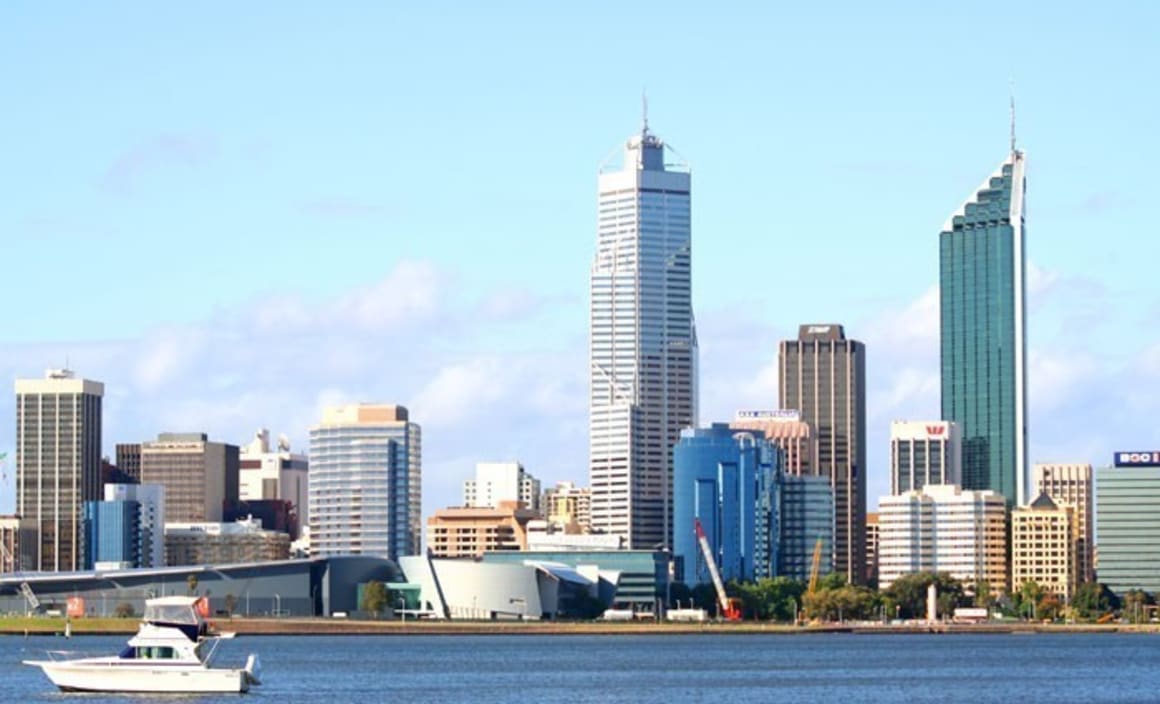Is it time to get confident in Perth’s office market?

With negative growth easing, is it time to get confident in Perth’s office market?
The latest national accounts data indicates that the Western Australian economy is on the rebound.
Each quarter, the ABS releases state final demand (SFD) data alongside national GDP figures. SFD is the value of goods and services sold to the public sector, private sector and households in a state.
In seasonally adjusted, chain volume measures, annual growth in private demand in Western Australia eased for the first time since September 2015. While still negative at -10%, the growth rate is higher than the annual growth rate in March (-10.7%). Coupled with a ramp up in public expenditure, growth rates of domestic demand in Western Australia are starting to lift.
This could be good news for the commercial real estate sector. Perth CBD office market vacancy fell for the first time in 5 years, according to the Property Council Australian Office Market Report, released by the Property Council of Australia (PCA) in July 2017.
The portion of vacant, available office space in Perth fell by 1.4 percentage points in the 6 months to July 2017. The PCA also reported net CBD office demand in Perth increased by over 20,000 m2 in this period. This demand increase is three times the historic average. It suggests that tightening vacancy rates in Perth can be attributed to local business expansion, or businesses being drawn to the city.
However, Perth still has the highest office vacancy rate at 21.1%, up from around 1% vacancy ten years ago. Australian CBD office vacancy is less than half the current Perth rate, at 10.2%. The end of a ‘one in one-hundred year’ mining boom, cemented by negative demand shock from China, drastically reduced demand for office space in the Perth CBD. This is because the demand shock bled into secondary and tertiary industries across the state.
In the current, uncertain economic environment globally, it is difficult to anticipate future demand shocks. Is it really time to get confident in Perth’s office market?
Looking closely at the private sector SFD figures, there are some areas of demand on the rise. Cultivated biological resources (a technical term for things like beef, cheese and wine) increased 4%, and expenditure on intellectual property products was up 2%.
Commodity values partially recovered over the past 12 months. Iron Ore, which in 2016 accounted for 57% of the value of commodity sales, has rebounded approximately 22% in value in the year to September 2017, despite heavy falls last week.
Perhaps the most important, highly correlated statistic with office demand is employment growth. According to last week’s labour force data, the seasonally adjusted unemployment rate in Western Australia rose 0.4 percentage points over the month to 5.9% in August, despite following a downward trajectory over the last 12 months. The participation rate was up 0.3%, and the number of people employed remained largely unchanged, suggesting part of the rise in unemployment may have been the result of unemployed people entering the labour force. The latest dataset reveals a loss in some full time jobs also contributed to a higher unemployment rate.
Importantly, Western Australia has seen a rapid rise in full time jobs over the year to August. The latest ABS seasonally adjusted employment figures show full time employment was up 4% in the last 12 months. This compares to annual full time employment growth of 3.1% across Australia. Full time employment signals a willingness of businesses to invest more in people – including the investment of work space. Assuming the global economic environment remains stable enough to nurture private investment, the next six months could see further office demand across Perth.
This article was written by Eliza Owen, researcher at CoreLogic.